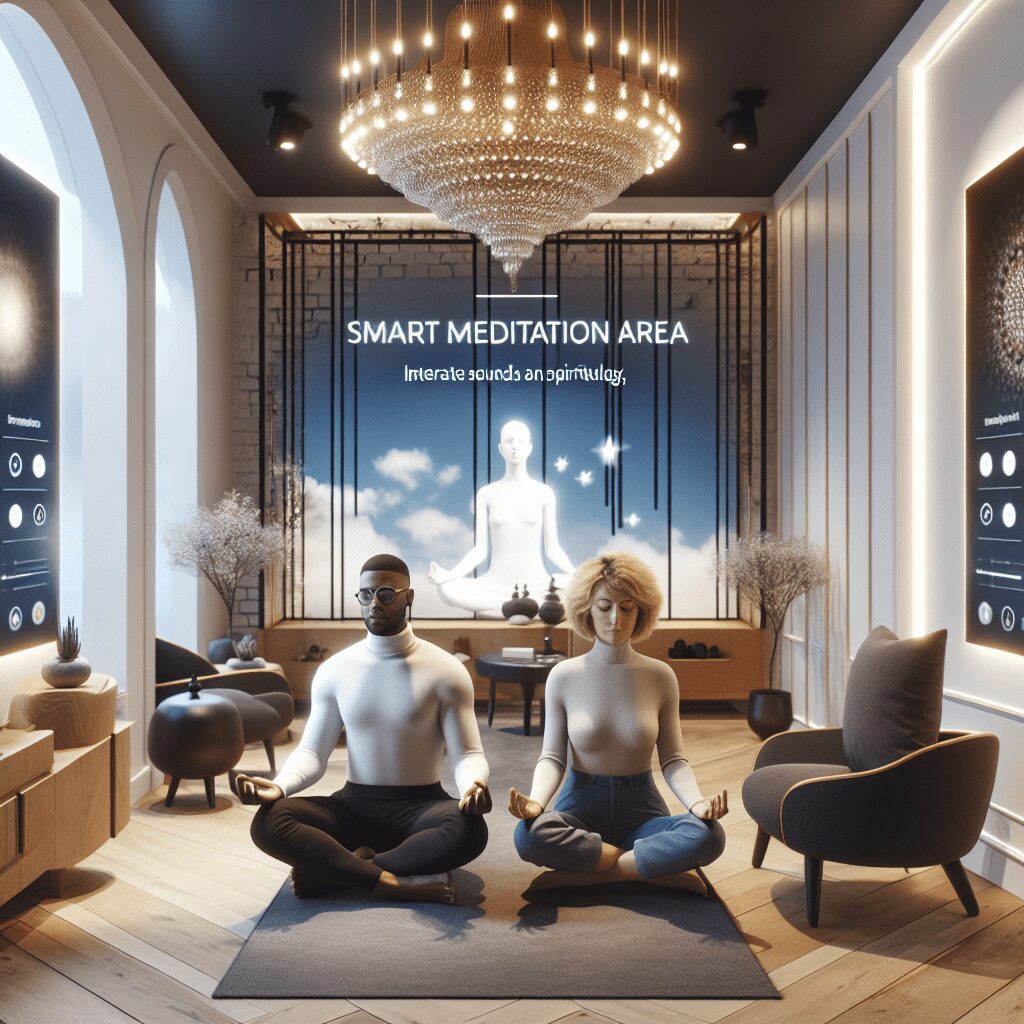
Prioritize your mental well-being daily. Enhance your life by nurturing your mental health with the Smart Meditation app. Break free from stress, alleviate anxiety, and enhance your sleep quality starting today.
How Do You Meditate For Stress And Anxiety?
Unraveling the Zen: Meditation Techniques for Stress and Anxiety Relief
In the hustle and bustle of today’s fast-paced world, it’s no wonder many of us feel like we’re caught in a perpetual whirlwind of stress and anxiety. However, there’s a silver lining to this cloud, and it comes in the form of an ancient practice: meditation. Yep, you heard that right. This age-old tradition, once the preserve of monks and mystics, has now been embraced by millions worldwide as a powerful antidote to the pressures of modern life. So, buckle up as we dive into the nitty-gritty of how to meditate for stress and anxiety relief. Trust me, you’re in for a treat!
Crafting Your Calm: A Beginner’s Guide to Meditation
First things first: let’s clear the air about meditation. It’s not about becoming a new person, nor is it about turning off your thoughts or feelings. Rather, it’s learning to observe them without judgment. And eventually, you might find yourself less caught up in them. Sounds pretty neat, huh?
Setting the Scene:
Before we get down to brass tacks, it’s crucial to set yourself up for success. Find a quiet spot where you won’t be disturbed—a little nook that screams (or rather, whispers) tranquility. It could be a cozy corner of your room, a serene spot in your garden, or even a peaceful park bench. The goal? To create a space that facilitates focus and calm.
Getting into Position:
Now, let’s talk posture. Sit up straight, but not too stiff—think dignified elegance, not military rigidity. You can sit on a chair, cross-legged on the floor, or even lie down if that’s more your speed. The key here is to be comfortable yet attentive.
Breathing Basics:
Ah, the breath—our ever-present anchor to the present moment. Start by taking a few deep breaths, really feeling the air fill your lungs and then gently wafting out. As you settle into a natural rhythm, simply observe your breath. Notice the sensation of air entering and leaving your nostrils, or the rise and fall of your chest and belly. Whenever your mind wanders (and it will, trust me), gently guide it back to your breath.
Mindfulness Meditation:
One of the most effective techniques for stress and anxiety is mindfulness meditation. This practice involves paying attention to the present moment without judgment. When worries about the future or ruminations on the past invade your mind, acknowledge them, and then gently bring your focus back to the here and now—be it your breath, the sensations in your body, or the sounds around you.
Guided Meditation:
If the thought of meditating solo seems daunting, fear not! Guided meditations are a great way to ease into the practice. There are heaps of apps and online resources that offer guided sessions, ranging from a few minutes to an hour. These can be particularly helpful for visual learners, as many guides use vivid imagery to foster relaxation and focus.
The Takeaway: A Journey, Not a Destination
Remember, meditation is less about achieving a state of Zen enlightenment and more about the journey there. The key is consistency. Even just a few minutes a day can make a significant difference in managing stress and anxiety. Over time, you may notice a greater sense of calm, increased clarity of thought, and a better handle on your emotions.
So, why not give it a whirl? After all, in the grand tapestry of life, carving out a little “me time” for meditation could be the thread that weaves together a more serene and mindful existence. Happy meditating!





